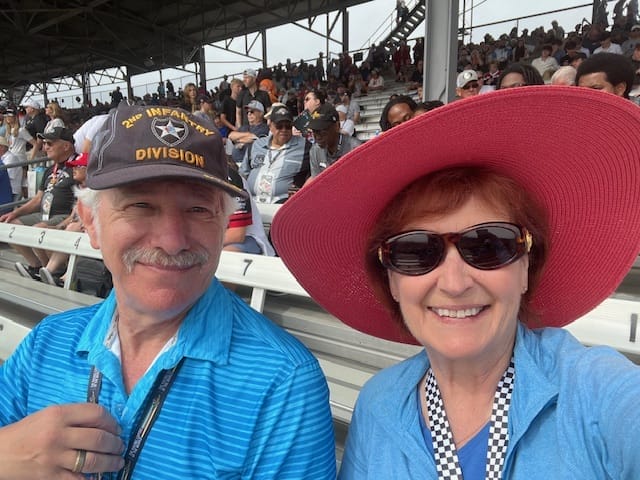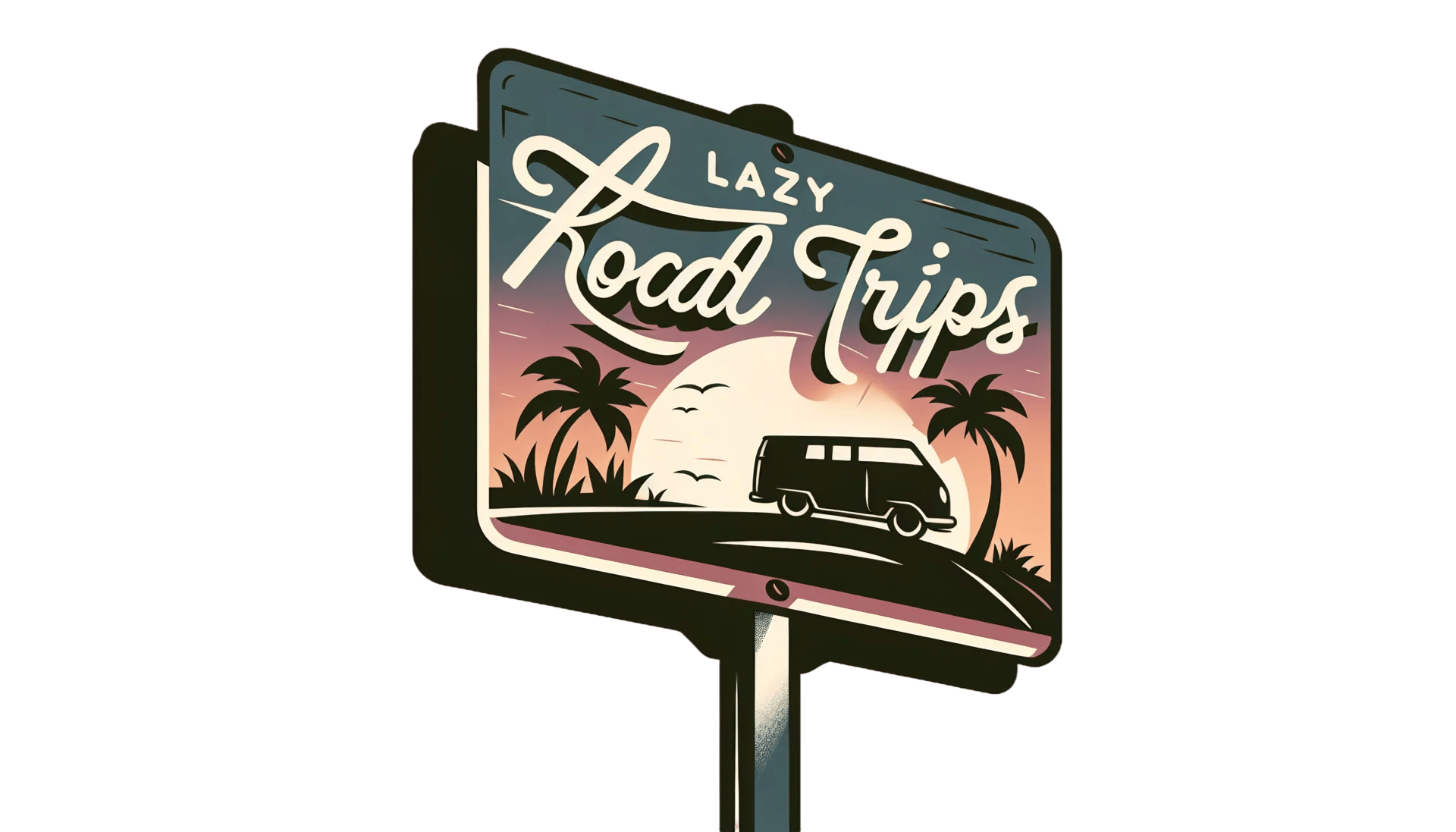In recent news, the Lima City Council is facing a wave of complaints about people living in RVs inside city limits. The issue has kicked off a heated debate around urban planning, housing costs, and what rights RV owners actually have.
I’ve spent 30 years traveling in RVs, so this topic hits close to home. Let’s take a closer look at how the Lima City Council is handling things, and what it all means for both RV lovers and city residents.
The Lima City Council’s Response to RV Living Complaints
Lima’s City Council recently met to talk about the growing complaints about RV dwellers in the city. Residents say they’re worried about property values dropping, extra noise, and sanitation headaches.
The council’s considering a few ways to tackle the problem. Stricter zoning rules and ramping up enforcement of current regulations are both on the table.
Understanding the Complaints
Lima residents aren’t shy about their concerns. Here are some of the main issues:
- Property values: Homeowners worry that RVs parked nearby could drag down their property values.
- Noise: RVs—especially those with generators—can get loud and disrupt the peace in quiet neighborhoods.
- Sanitation: Waste disposal is a big concern, since RVs in non-designated spots usually lack proper sanitation facilities.
Potential Solutions and Their Implications
The council is weighing several possible fixes. Here are a couple of the main options:
Stricter Zoning Laws
Stricter zoning laws are a popular idea among some council members. These rules would control where people can park and live in RVs within city limits.
They might set aside specific areas for RVs, while keeping them out of most residential neighborhoods. But that leads to tough questions about affordable housing.
For lots of folks, RV living is the only realistic way to keep a roof over their heads with today’s prices. If the city limits RVs too much, it could make the housing crunch even worse.
Increased Enforcement
Another option is to crack down harder on rule-breakers. That would mean more inspections and steeper fines for violations.
It’s not a bad idea in theory, but it takes money and staff. Lima’s budget is already stretched thin, so it’s not clear how much more enforcement is even possible.
The Broader Context of RV Living
Lima isn’t the only city wrestling with this. All across the U.S., towns are trying to figure out how to handle the ups and downs of RV living in urban areas.
The Rise of RV Living
RV living has exploded in popularity lately. Why? A few reasons stand out:
- Affordability: RVs are way cheaper than most apartments or houses.
- Flexibility: RVs let people travel and see new places, while still having a home base.
- Minimalism: Some folks just want to own less stuff and focus on experiences instead of things.
Challenges of Urban RV Living
Of course, urban RV living isn’t all sunshine. There are some real headaches, especially in cities:
- Parking: Legal, safe places to park are hard to find in urban areas.
- Sanitation: Getting access to proper waste disposal is a constant struggle.
- Regulations: Local rules can be confusing and tough to follow for RV owners.
Finding a Balanced Solution
Community Involvement
Maybe the answer starts with more community involvement. If the city brings both residents and RV owners into the conversation, they might find some middle ground.
That could mean holding town hall meetings, sending out surveys, or just listening more closely to everyone affected. It’s not an easy fix, but it feels like a step worth trying.
Designated RV Areas
Setting up designated spots for RV living inside city limits might actually work. These areas would have basic sanitation facilities and aim to keep things peaceful for nearby neighborhoods.
This setup lets RV owners stick with their lifestyle, while also tackling worries about property values or noise. It’s a bit of a balancing act, honestly.
Want more details on what Lima City Council’s doing or the back-and-forth around RV living in the city? You can check out the full article here.

